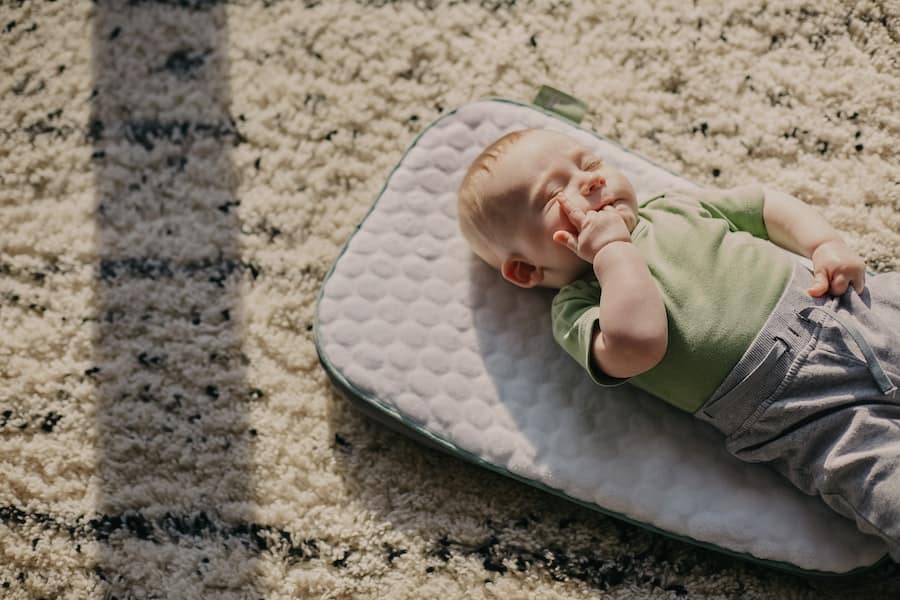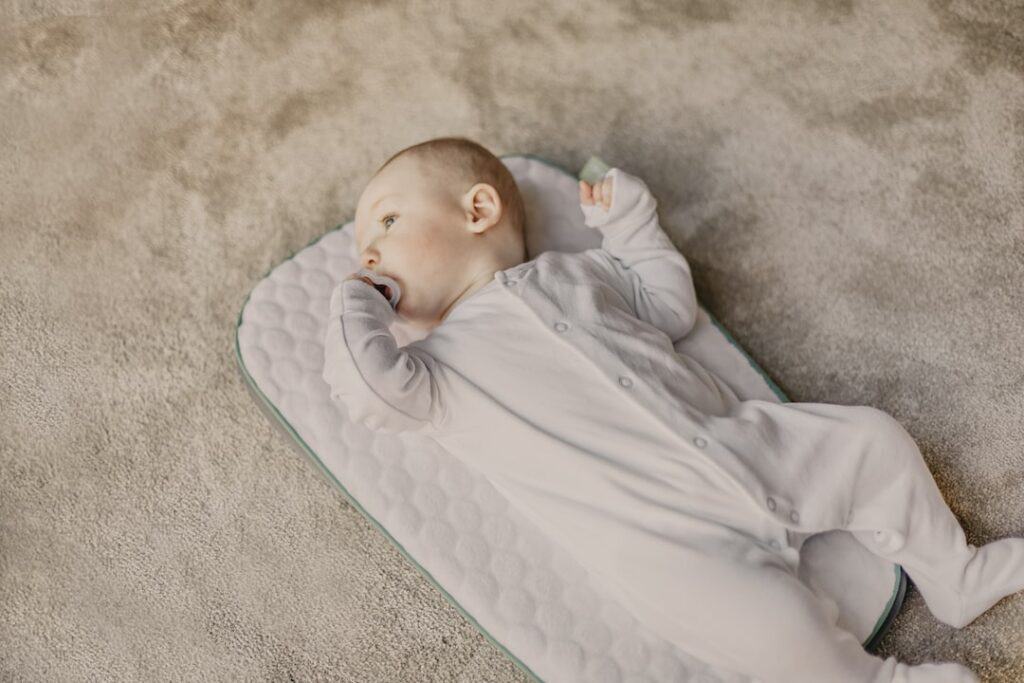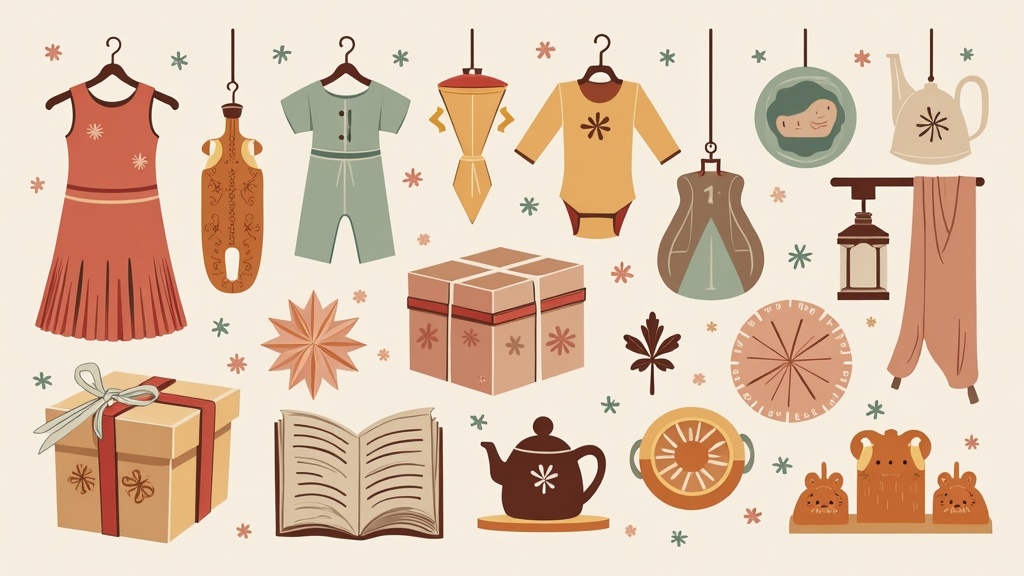Soothers, also known as pacifiers or dummies, are a common item used for newborns and infants. They are designed to provide comfort and help soothe babies by satisfying their natural instinct to suck. Soothers have been used for centuries and are considered an essential item for many parents. In this article, we will explore the importance of soothers for newborns, the different types available in the market, factors to consider before buying one, how to choose the right size and shape, and much more.
Key Takeaways
- A soother can provide comfort and help soothe a newborn baby.
- There are different types of soothers available in the market, including silicone, latex, and orthodontic soothers.
- Factors to consider before buying a soother include the baby’s age, size, and shape of the soother, and the material used.
- Choosing the right size and shape of the soother is important to ensure it fits comfortably in the baby’s mouth.
- Breastfed babies may prefer soothers with a nipple-like shape, while colicky babies may benefit from soothers with a curved shape.
- It’s important to clean and sterilize your baby’s soother regularly to prevent the spread of germs.
- Introducing a soother to your baby may take time and patience, and it’s important to follow your baby’s cues.
- It’s recommended to stop using a soother by the age of 2-4 years to prevent dental problems.
- Common myths and misconceptions about soothers include that they cause nipple confusion and speech problems, but these have been debunked by research.
Understanding the Importance of a Soother for Your Newborn
Soothers play a vital role in soothing newborns and infants. Babies have a natural instinct to suck, which helps them feel secure and calm. Soothers provide a safe and convenient way for babies to satisfy this instinct. They can be especially helpful during times when babies are fussy or having trouble falling asleep.
Using a soother can also have several benefits for your baby. It can help reduce crying and fussiness, promote better sleep patterns, and provide comfort during times of stress or discomfort. Soothers can also be useful during breastfeeding, as they can help satisfy your baby’s sucking needs when they are not actively feeding.
Different Types of Soothers Available in the Market
There are several different types of soothers available in the market, each with its own pros and cons. The most common types include traditional soothers, orthodontic soothers, and silicone soothers.
Traditional soothers are the most basic type and have a nipple-shaped design. They are usually made of latex or silicone and come in various sizes and shapes. These soothers are widely available and affordable but may not be suitable for all babies, especially those with specific dental needs.
Orthodontic soothers are designed to support the natural development of your baby’s mouth and teeth. They have a flattened nipple shape that mimics the shape of a mother’s nipple during breastfeeding. These soothers are often recommended by dentists and orthodontists as they can help prevent dental issues such as misalignment or overbite.
Silicone soothers are made from a soft and durable material that is easy to clean and sterilize. They are hypoallergenic and do not contain any latex, making them suitable for babies with latex allergies. Silicone soothers are also less likely to retain odors or flavors, making them a popular choice for many parents.
Factors to Consider Before Buying a Soother for Your Baby
| Factors to Consider Before Buying a Soother for Your Baby |
|---|
| Age of the baby |
| Material of the soother |
| Size and shape of the soother |
| Brand reputation |
| Price |
| Cleaning and maintenance |
| Availability of replacement parts |
| Compatibility with baby’s feeding routine |
| Recommendations from pediatricians or other parents |
Before buying a soother for your baby, there are several factors you should consider. Firstly, you need to ensure that the soother is age-appropriate for your baby. Soothers come in different sizes and shapes, and it’s important to choose one that is suitable for your baby’s age and developmental stage.
Another important factor to consider is the material of the soother. Latex soothers are softer and more flexible, but they may not be suitable for babies with latex allergies. Silicone soothers are hypoallergenic and easier to clean, but they may not be as soft or flexible as latex soothers.
It’s also important to consider the design of the soother. Look for soothers with ventilation holes to prevent saliva build-up and reduce the risk of skin irritation. The shield of the soother should be large enough to prevent choking hazards but small enough to fit comfortably in your baby’s mouth.
How to Choose the Right Size and Shape of Soother for Your Baby
Choosing the right size and shape of soother is crucial for your baby’s comfort and safety. Soothers come in different sizes, typically categorized by age range. It’s important to choose a soother that is appropriate for your baby’s age and developmental stage.
The shape of the soother is also important. Some babies may prefer a nipple-shaped soother, while others may prefer a flat or orthodontic-shaped one. It’s a good idea to try different shapes and see which one your baby prefers.
When choosing the size and shape of the soother, consider your baby’s mouth size and sucking habits. A soother that is too small may pose a choking hazard, while a soother that is too large may be uncomfortable for your baby to suck on.
The Best Soothers for Breastfed Babies

Breastfed babies may have different needs when it comes to soothers. It’s important to choose a soother that does not interfere with breastfeeding and supports the natural sucking motion.
Orthodontic soothers are often recommended for breastfed babies as they mimic the shape of a mother’s nipple during breastfeeding. These soothers can help prevent nipple confusion and make it easier for your baby to transition between breastfeeding and using a soother.
It’s also important to choose a soother that is made from safe and non-toxic materials. Look for soothers that are BPA-free and made from high-quality silicone or latex.
Soothers for Colicky Babies: What to Look for
Colicky babies can be especially challenging to soothe, and choosing the right soother can make a big difference. When looking for a soother for a colicky baby, there are several features you should consider.
Look for soothers with an ergonomic design that promotes proper jaw alignment and reduces pressure on the gums. Soothers with a symmetrical shape can also help prevent jaw misalignment.
Soothers with built-in features such as textured surfaces or massaging bristles can provide additional comfort for colicky babies. These features can help soothe sore gums and provide extra stimulation during teething.
It’s also important to choose a soother that is easy to clean and sterilize. Colicky babies may have more saliva or drool, so it’s important to keep the soother clean to prevent the risk of infection or irritation.
How to Clean and Sterilize Your Baby’s Soother
Keeping your baby’s soother clean and sterilized is essential for their health and safety. Here are some tips on how to clean and sterilize your baby’s soother:
– Before first use, sterilize the soother by boiling it in water for 5 minutes or using a sterilizing solution.
– After each use, wash the soother with warm water and mild soap. Use a bottle brush to clean hard-to-reach areas.
– Rinse the soother thoroughly to remove any soap residue.
– You can also use a dishwasher to clean the soother, but make sure it is dishwasher-safe.
– To sterilize the soother, you can boil it in water for 5 minutes or use a sterilizing solution.
– Allow the soother to air dry or use a clean towel to dry it before giving it to your baby.
Tips for Introducing a Soother to Your Baby
Introducing a soother to your baby can be a gradual process. Here are some tips to make the transition easier for your baby:
– Start by offering the soother during times when your baby is calm and relaxed, such as after feeding or during naptime.
– Gently touch the soother to your baby’s lips and let them explore it with their mouth.
– If your baby shows interest, gently insert the soother into their mouth and hold it in place until they start sucking.
– If your baby rejects the soother, don’t force it. Try again at a later time or try a different type of soother.
– Be patient and give your baby time to adjust to the new sensation of using a soother.
When to Stop Using a Soother for Your Baby
While soothers can be beneficial for newborns and infants, it’s important to stop using them at the right time. The American Academy of Pediatrics recommends that parents consider stopping the use of a soother between 6 and 12 months of age.
Continued use of a soother beyond this age can interfere with speech development and may increase the risk of dental issues such as misalignment or overbite. It’s important to gradually wean your baby off the soother and encourage other self-soothing techniques such as thumb sucking or using a lovey.
Common Soother Myths and Misconceptions Debunked
There are several common myths and misconceptions surrounding the use of soothers. Let’s debunk some of these myths:
Myth 1: Soothers cause nipple confusion in breastfed babies.
Fact: While nipple confusion can occur in some cases, it is not a common issue. Many breastfed babies successfully transition between breastfeeding and using a soother without any problems.
Myth 2: Soothers are only for fussy babies.
Fact: Soothers can be beneficial for all babies, not just fussy ones. They provide comfort, help satisfy the natural sucking instinct, and promote better sleep patterns.
Myth 3: Soothers will ruin your baby’s teeth.
Fact: When used responsibly and discontinued at the appropriate age, soothers do not cause long-term dental issues. It’s important to choose an age-appropriate soother and monitor your baby’s dental development.
Soothers play an important role in soothing newborns and infants. They provide comfort, help satisfy the natural sucking instinct, and promote better sleep patterns. When choosing a soother for your baby, consider factors such as size, shape, material, and design. It’s also important to clean and sterilize the soother regularly to ensure your baby’s health and safety. Remember to introduce the soother gradually and consider stopping its use between 6 and 12 months of age. By choosing the right soother and using it responsibly, you can provide comfort and support for your baby during their early years.



